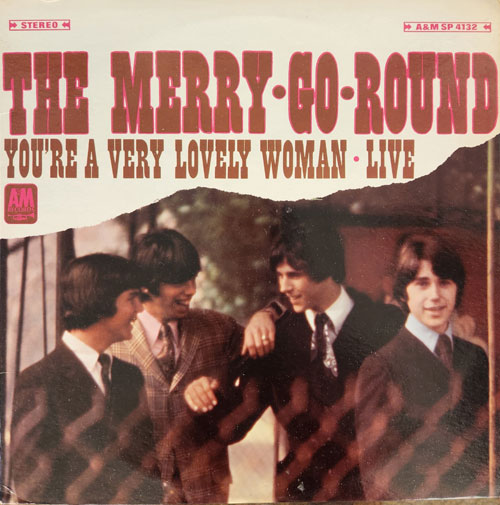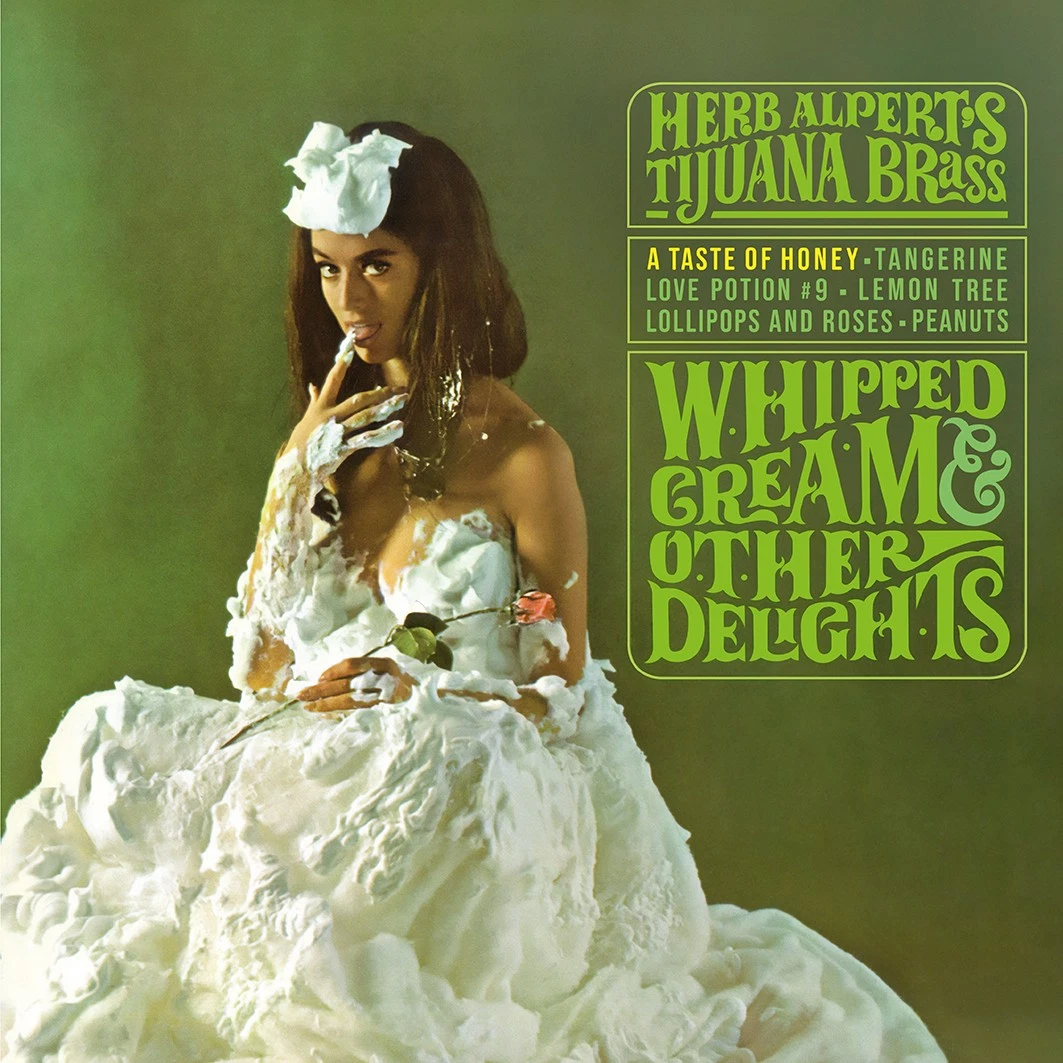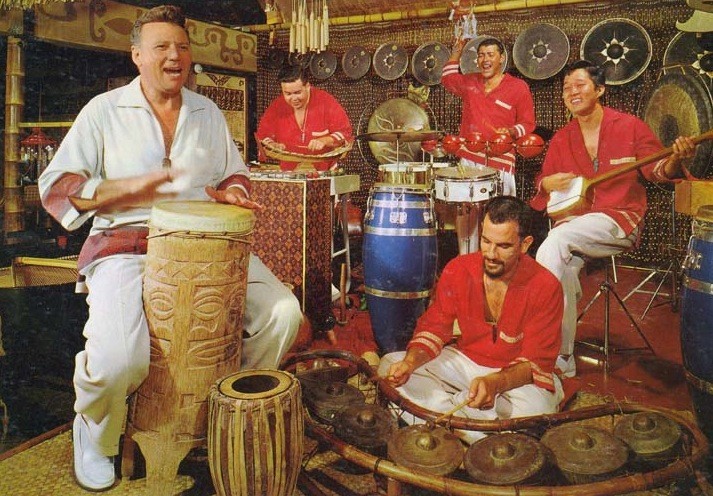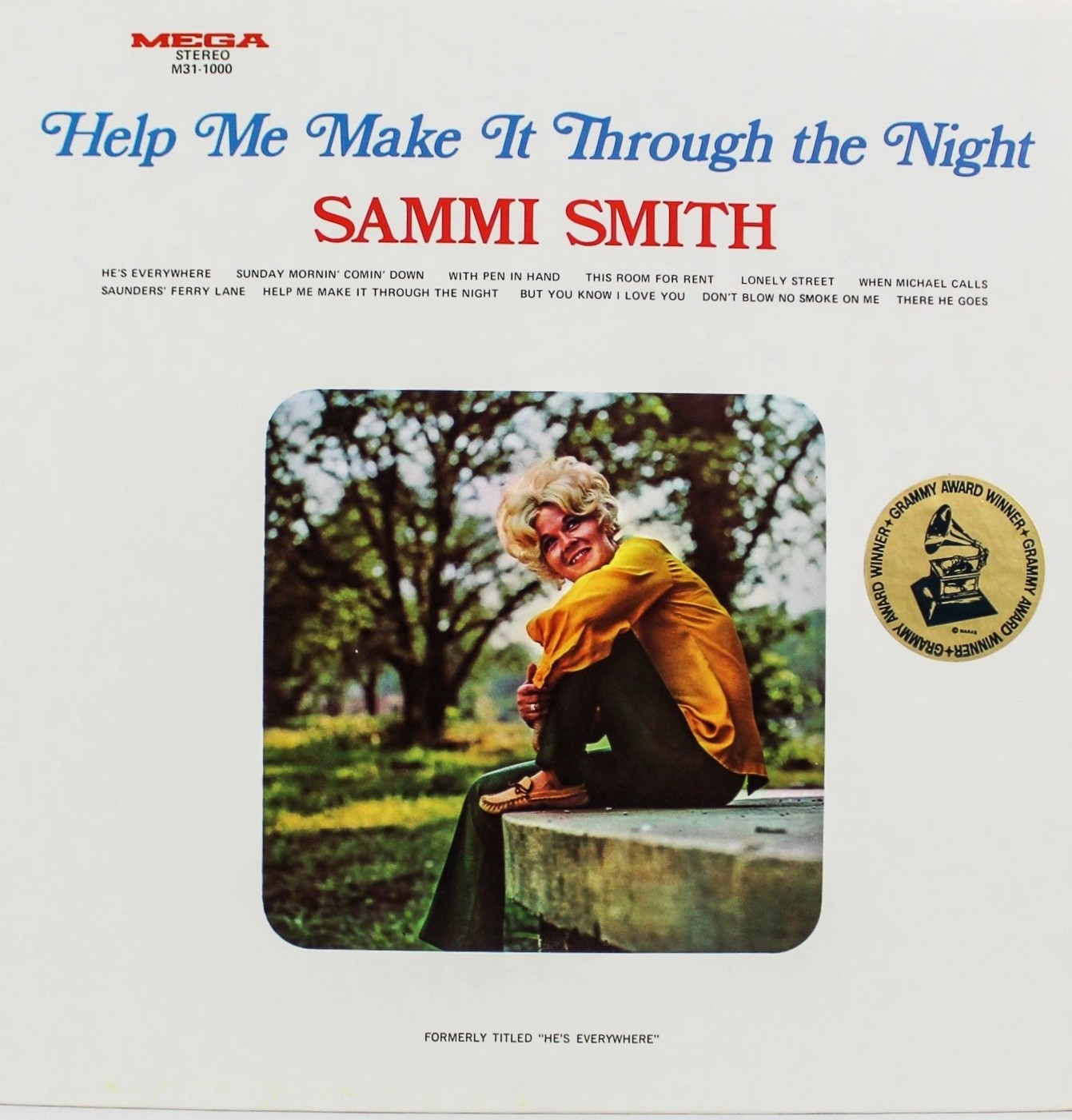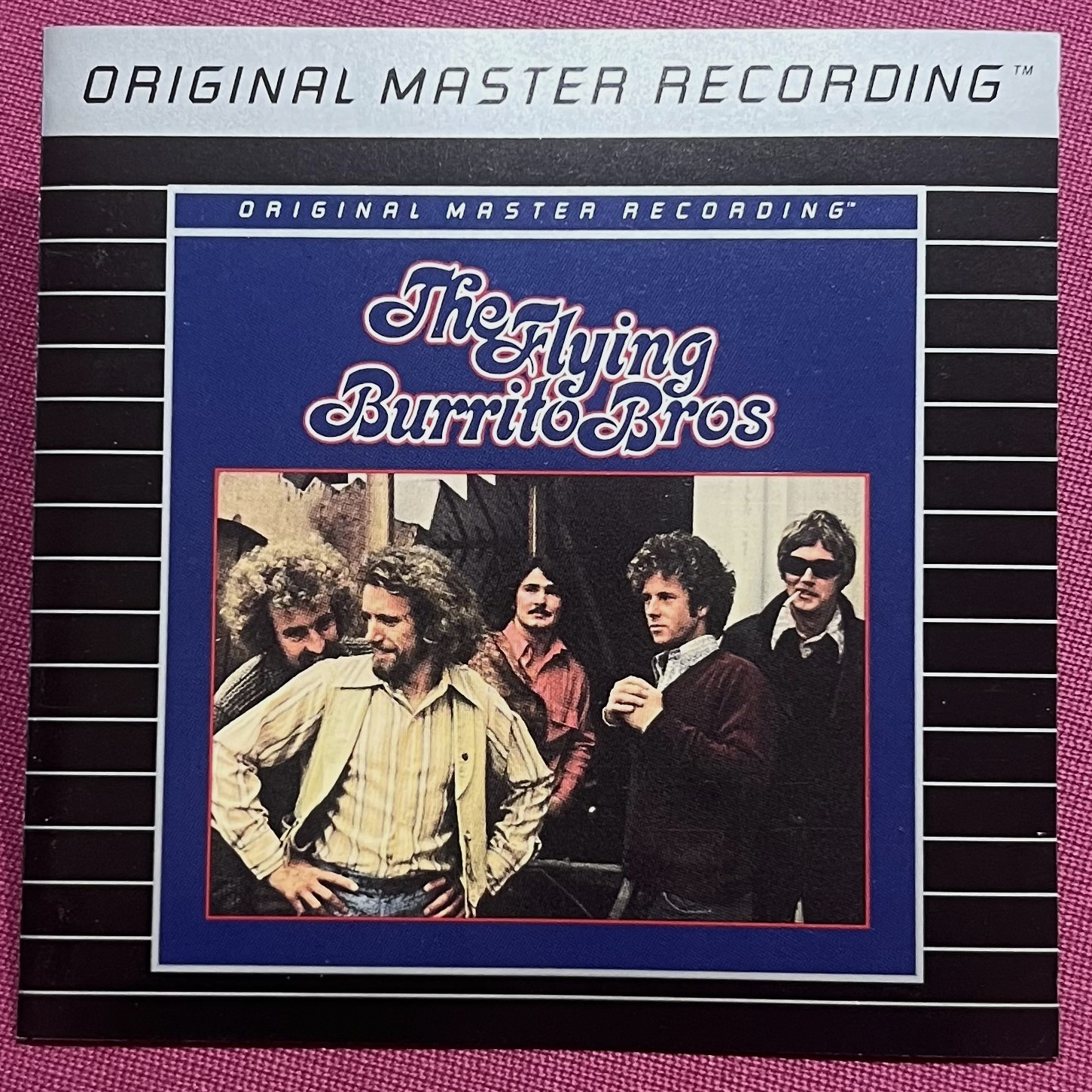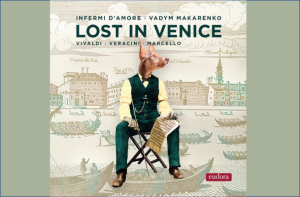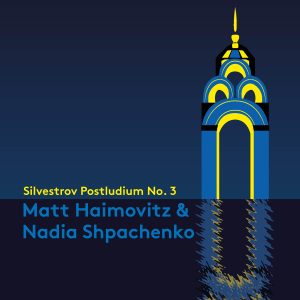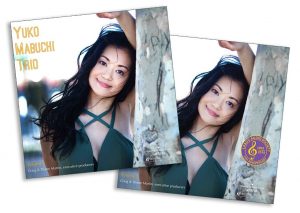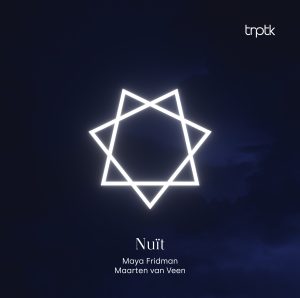When I wrote about The Blue Things I expressed my general distaste for cult bands and cult singers. And the reason is because mediocre cult bands cast huge shadows over great bands and singers who deserve our attention, like the above-mentioned The Blue Things. However, there are cult musicians who deserve their cult status. Emitt Rhodes (1950-2020) is a prime example. For me, Rhodes is unique among the so-called cult musicians, because I like, and in some cases I even love, his music. In 1984, The Bangles recorded his most famous composition, the song "Live," but they didn't do anything to reduce Rhodes' obscurity. Neither did the Fairport Convention with their 1968 recording of "Time Will Show The Wiser."
Articles about Emitt Rhodes usually pertain to his work from 1970-1973 as a solo artist. And, by the way, in Rhodes' case the words "solo artist" really means solo artist, as he performed and recorded his three solo albums all by himself. These albums, released by Dunhill Records, are Emitt Rhodes (Dunhill DS 50089), Mirror (DSX 50011), and aptly titled Farewell To Paradise (DSX 50122). I used to own all three, and after watching One Band Beatles, a 1999 film about Rhodes, I almost wished that I had kept them. I say almost, because his solo albums, despite my best efforts to enjoy them, failed to capture my interest. As implied, this article isn't about the Dunhill albums. It's about a much better album, one that he made in the sixties with a band that he fronted, The Merry-Go-Round. They only released one eponymous album (A&M SP 4132) in 1967.
Rhodes is often compared to Paul McCartney, and when you hear him you'll understand why. Their voices have similarities. (He also sounds a little like Davy Jones.) Rhodes also sang, as was popular in the sixties, with a fake English accent. Also, like McCartney, he could play guitar, bass, keyboards, and drums. On The Merry-Go-Round album, he sang all of the lead vocals, and played guitar, mostly electric, and mostly rhythm. The other musicians were lead guitarist Gary Kato, bassist Bill Rinehart, and drummer Joel Larson. This album wasn't the only thing the band recorded for A&M. A few singles followed. Again, I'm only reviewing what is, in my opinion, the best music that Rhodes created, the music on this album. With the exception of one cut penned by Gary Kato, and another that he co-wrote with Kato, the rest of the music is entirely by Rhodes. By the standard set by most rock albums from the sixties, this much original music is unusual, unless the band was The Beatles, The Doors, or The Rolling Stones. It's also worth noting that Rhodes was only seventeen when the album was completed. In addition to Rhodes' McCartney-like voice, albeit a little higher in pitch, his and the band's music was heavily influenced by the Beatles, and British Invasion rock in general. Rhodes was from Hawthorne, California.
I decided to use the excellent sounding Rev-Ola CD (REV 110) for my review. Although I own a pristine copy of the LP, the CD, while tonally correct, has better dynamic range, and A&M's sixties era vinyl is less than stellar. The CD, titled The Merry-Go-Round - Listen, Listen: The Definitive Collection, contains the complete recordings by The Merry-Go-Round, making it a good value. It also contains some early solo works by Rhodes as well. I do, however, love owning the LP. It's been a collector's item for decades, and it looks very retro-cool.
Like all merry-go-rounds, the album has its ups and downs, but I find eight of the album's twelve songs outstanding. How many sixties bands created albums with eight great cuts? Here's the answer: Very few.
The album opens with the band's biggest hit, the above-mentioned "Live." It's about a prudish girl who needs to get out of her house and have a good time, before it's too late. She needs to, in Rhodes' words, "let go and live." The guitar playing is influenced by the southern-fried guitar sound from Beatles For Sale. It's easy to pretend that the two guitar players are George Harrison and John Lennon, because the combined guitar work of Rhodes and Kato has a remarkably similar feel. Heck, it's also easy to pretend that the lead singer is Paul McCartney. The song would have fit perfectly on Beatles For Sale coming right in between "Words Of Love" and "Honey Don't." Oh well, enough of my daydreaming. It's a crime that this song isn't a rock standard. The guitar work, the vocal harmonies, and Rhodes' lead vocal makes "Live" one of the greatest feel-good songs ever created. It sounds British and Californian at the same time. Despite sisters Vicki and Debbie Peterson's admiration of Rhodes, The Bangles' reinterpretation of "Live" rubs me the wrong way. The feel-good magic is replaced with loudness and angst. What works for other songs, didn't work on this one.
If the first cut reminds you of The Beatles, the second cut will simply blow your mind. It's an amazing song called "Time Will Show The Wiser." Hearing it on my Sennheiser HD650 headphones was an audiophile treat of the highest order. Also, like most true classics, you'll hear something new every time you play it. It opens with a double-tracked lead electric guitar running backwards! The backwards lead guitar is quickly aided by an electric bass, plus a sped-up second guitar that's strummed. Included inside the already dense layering is a barely-heard banjo. All of this is happening on the hard left, but soon an off-to-the-right second bass guitar is added. It's this second bass that provides the song's bass line. Soon we are treated to the amazing reverb-free voice of Emitt Rhodes. Sonically, Rhodes' voice was never recorded better. It's obviously an overdub, as I can easily hear the vocal booth surrounding him. Soon, after the lead vocal comes in, we get the backing vocals, panned to the right. It's hard to tell if the other singers are his bandmates, or just multiples of Rhodes, but supporting the chorus of vocals is a second guitar that's playing the song's melody on the right side. In addition to all the guitars, and voices, we also get an autoharp. There is so much strumming and picking in this song that I find it difficult to describe the rapidly unfolding changes that are happening within its two minute and twenty-five second duration. By the way, there are no drums, because the song doesn't need them! I get a strong sense that the other band members are not even present on this cut. I would highly advise readers to sample the song for themselves. If you own a good set of headphones, be warned, as you may find the music and the sound highly addicting. Worth noting is the above-mentioned and excellent cover version by Fairport Convention. The combined voices of Ian Mathews and Judy Dyble, with Richard Thompson's lead guitar, offers a sparse, coffee house-like folk-rock alternative to Rhodes' multilayered production.
I'm not crazy about the album's third cut, "On Your Way Out." Despite the excellent musicianship, and fine singing from the band, I'm left unmoved. However, it's worth mentioning because lyrically it shows the sad side of Emitt Rhodes, one that was forthcoming in his solo work. The song picks up where "Live" left off. Rather than begging his friend to get out and live, Rhodes is explaining to this same person how sad he feels to see somebody who is so depressed. The song's walk-away-from-the-problem message is a little too heavy for the music. Perhaps they played it with more color in concert. It's sad that no cover version exists, because it would have provided the song with a better shelf life. I don't consider it a weak cut as much as I view it as one that doesn't move me.
Cut four picks up the pace in a big way. It's called "Gonna Fight The War." Let me say it right here: I love it! The song's opening reminds me of The Beatles' "Baby's In Black," but it's actually a better song. It's an anti-war song from a teenager's point of view, and despite the adolescence of the lyrics, it works beautifully. After the previous downer song, it's really good medicine. The song opens with Kato's lead guitar on the right, and Rhinehart's bass on the left. The sound is pure wannabee Beatles, which is never a bad thing if the spirit comes from the musicians' hearts. I find it interesting that there's a second bass added to the right. (Leave it to Rhodes to want more overdubs!) After twelve seconds we get Rhodes' double-tracked lead vocal. The band's chorus only adds to the Beatles-inspired sound. Listening to this song reminds me of the fact that no band, at least no Southern California band on LP, presented the spirit of The Beatles in a better fashion. I can only imagine how wonderful their interpretations of Beatles songs sounded in concert. If only a live recording existed!
Cut five is a lecture from Rhodes on infidelity. He sure knew how to turn his girl troubles into good songs. "Had To Run Around" is a great song, and it has better sound than the two previous cuts. As I'm typing, this song is playing at a healthy volume through my Sherwood receiver-driven HD650s. I feel like I'm sitting with the band playing live in the studio. The guitar amps, packed with those harmonically-rich vintage tubes (the kind we pay big $$ for today), sound like they're right here. Two minutes and twenty-nine seconds never felt better. Sometimes bittersweet songs can make you feel really happy, and this is a great example.
Cut six is the album's demo cut. "We're In Love" rocks the walls off! As great as Kato and Rhodes's guitars sound, the star on this cut, at least for me, is future studio musician, drummer Joel Larson. It's easy to hear that Larson is a great musician, and so is bassist Bill Rhinehart. The song is even better if you don't wimp out on your volume control. This song is so good that you'll forget what ails you. For a moment, I forgot about my bruised leg and my acid reflux. The song's opening and its coda are lifted from The Yardbirds' "Shapes Of Things," but Rhodes puts the British song's catchiest feature, the buildup to the opening, to excellent use, creating a song that I like whole lot better.
The seventh cut is the band's second biggest hit, "You're A Very Lovely Woman," and it's a very lovely song. I'm not a fan of strings on rock songs, but they work here. I have a suspicion that the idea for the strings came from producer Larry Marks. The song, a sad one, reminds me of Cat Stevens, as it would have fit perfectly on Tea For The Tillerman. The opening electric guitar is played by Rhodes. I would have loved to hear an acoustic demo, because the song sounds like he composed it on an acoustic guitar. I wonder if such a demo exists. The song's arrangement is dense, and once again, aside from the band's vocal choruses, it sounds like another one of Rhodes' one-man-band creations. I urge readers to sample it.
Cut eight brings us right back to The Beatles. "Where Have You Been All Of My Life" should be played by bands who play power pop. It's not a deep song, but it sure does jump. The lead guitar work by Gary Kato is superb, and so is Bill Rhinhart's fuzz bass. Rhodes lays the British accent on a little too thick, but that's a very minor problem. A splendid time is guaranteed for all!
I didn't mention all of the cuts, but I mentioned the ones I like. Taste among people is one of life's greatest variables. I hope that I made it clear that this album should be known by all lovers of sixties rock and power pop.
Sonically, the album's cuts waver from outstanding to warmed-over and a little smeared. I'm pretty sure that the better sounding cuts were aided by the use of a one-inch tape recorder with eight channels. The best sounding cuts were recorded at Sunset Sound between the fall of 1966 and the summer of 1967, and I assume that the engineer was Bruce Botnick. Sunset Sound owned an eight channel 3M machine by the spring of 1967, but they, like other studios in Los Angeles, were renting eight channel machines in the latter months of 1966. My assumption is "Live," which is the earliest recording on the album, was recorded on a half-inch four channel machine, as it sounds pretty much free of overdubs. I'm also sorry to report that "Live" has the weakest sound on the album. It was typical in the sixties, and even into the early seventies, for an album's biggest hit to have an album's worst sound. The reason is because the hit was usually recorded before the rest of the album, so the hit's actual master tape was used to create a 45 RPM single. Sadly, that first generation tape is rarely spliced back onto the rest of the album's master reel. The result is the big hit, the reason you bought the record in the first place, is derived from a radio-friendly dub, meaning it's packed with bad EQ and compression.
One person who deserves credit for making this album a reality is my old friend, the album's producer, Larry Marks (1939-2013). Larry produced a lot of fine albums, including the two and only albums by Dillard & Clark, Helen Reddy's debut album I Don't Know How To Love Him, Lee Michaels' self-titled album (the one that features my favorite Michaels song, "Heidi Hi"), and The Gilded Palace Of Sin by The Flying Burrito Brothers. I provided my critical ear for three 180 gram reissues that Larry and my late boss, David Fonn, reissued on Boxstar Records. Those titles were Bobby Darin's That's All, Julie London's Julie Is Her Name, and Janis Ian's Between The Lines. I miss the good times I had with Larry, watching movies, and drinking wine in his beautiful home in Montecito, California.





